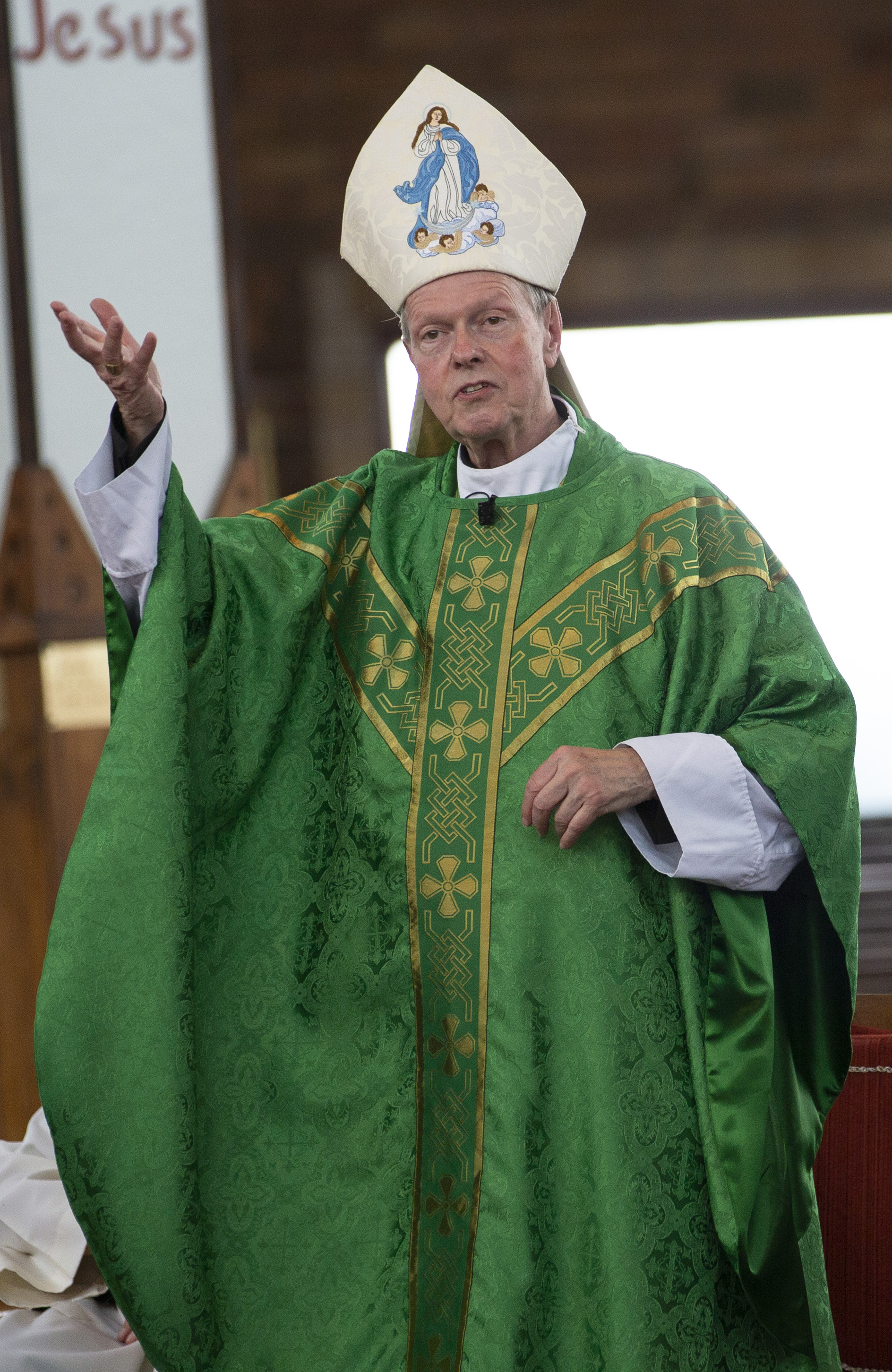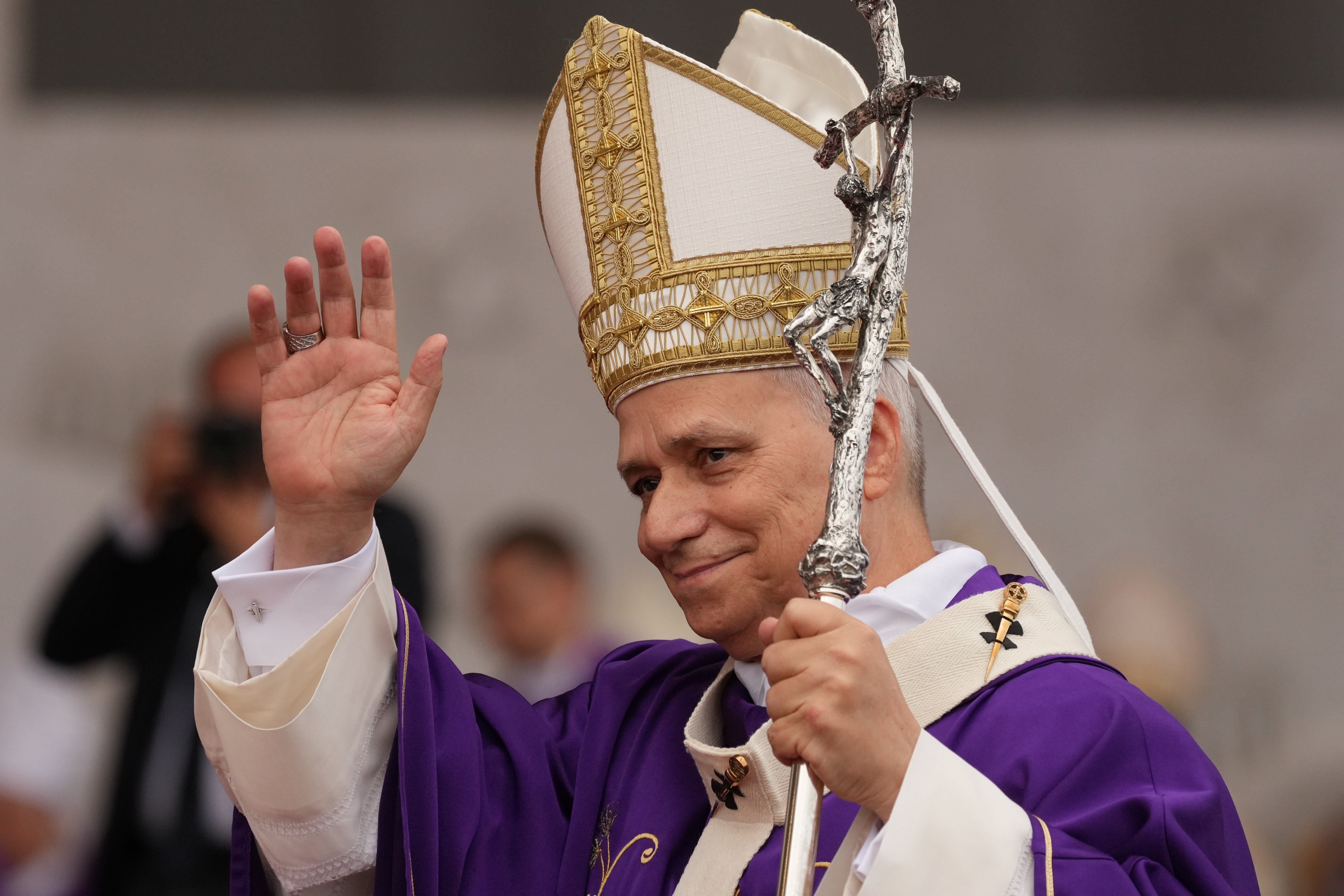July 7, 2021 at 2:22 p.m.
Who can forget the spell-binding scene where Quasimodo, the fabled “Hunchback of Notre-Dame” (Hugo, 1831), rescues Esméralda from hanging, crying “sanctuary, sanctuary” as he rushes her into the safety of the Cathedral. Since the fourth century, churches, considered holy ground, often served as places of refuge for criminals and other malefactors, even under protection of secular law, albeit only for a time, until in time respect for the utility of this practice faded.
In accounts of the murder of St. Thomas Becket (1170), four drunken knights, purportedly spurred on by a putative order of King Henry II, entered Canterbury Cathedral, showing no such respect for sanctuary. Nor did Becket himself use the Cathedral as such, commanding that the doors be unbarred. “The church shall be open, even to our enemies,” words spoken by the eponymous character in T.S. Eliot’s “Murder in the Cathedral,” sheds some light on the true meaning of sanctuary.
We use the word “sanctuary” today in different contexts meaning, variously, a place of refuge, a safe place, even holy ground. The word “saint” or “sanctus” in Latin, also means “holy.” So there is a connection between sanctuary and sanctity.
Historians offer nuanced perspectives on what the practice of sanctuary really entailed. While it is true that a church was a place where fugitives of the law, even enemies of the Church and its teachings itself, could find harbor, it was only for a time. Something also was required of the sinner or refugee — and for good reason. Some form of change or conversion was expected, or at least invited.
I have heard it said, and perhaps you will agree, that friends always meet friends where they are. A parent will not cease loving a child because he or she goes down the wrong path, however dangerous and dismal it may be. In fact, friends in need, whether entirely through their own error or not, test the depth and breadth of our love. We want them to know our love, but we also want their healing and redemption.
To put it another way, we meet friends in trouble exactly where they are, but we do not leave them where they are. We accompany them on the road to recovery or restoration, with patience, prayer and often great personal pain and sacrifice. It’s all about the journey.
Now some historians suggest that the Church, as a provider of sanctuary, may have had ulterior motives. Indeed, the period was often relatively brief, typically 40 days by law, after which exile was the only option, albeit preferable to hanging. The implication is that the refugee would convert and the Church would “gain” a new ally or member.
Another way to view this, however, with a somewhat less cynical cast, is to see a church as more than a holy place, a building with “holy” things in it, but a community where the Holy One is present, and where lives can be changed and bettered by the association. This is certainly the Catholic understanding of the sacramental life of the Church.
As we have been reflecting in recent weeks, the Sacraments are not just symbols, or rituals that somehow entitle us to the name “Catholic,” just because we practice them, unless by “practicing” them we want to be perfected by them.
Jesus tells us to be perfect or holy as our Heavenly Father is holy. The Sacraments are effective means for making us holy because they connect us with something — Someone — greater than our individual or collective identity. They change lives for the better. Jesus is present in them and Jesus changes lives.
We invite everyone, as Jesus does, to “come and see” — even sinners, especially sinners, those most in need of God’s mercy. In that sense, however law or custom may change, the Church is always Sanctuary.
Inasmuch as a sanctuary, true to its name, must also be a holy place, or better, a home where all who enter can become holy, it is a family dwelling where all who wish to stay are open and willing to be changed and to grow to their humanity, to love as God loves, which is the goal of holiness.
God wills not the death of a sinner, but only our salvation. Unworthy though we may be, our willingness to confess our sin, receive God’s mercy, and to be in a holy communion with one another in this Faith that we profess will continue to surprise us with the way Jesus changes lives.
Follow Bishop Ed:
Facebook: @facebook.com/AlbanyBishopEd
Twitter: @AlbBishopEd
- Scripture series by popular Catholic speaker offers deep dive into the person of Jesus
- To turn away others is to turn away God, pope says on Christmas Eve
- Arriving at the manger with Caryll Houselander
- Barrett discusses Dobbs decision, Roe’s ‘flawed’ reasoning, life at the court, her faith
- Bishop: To welcome immigrants is to follow God’s ‘divine command’ to care for the stranger
- Jesuit search, recovery of migrant remains finds bodies of 2 women in difficult desert terrain
- In pastoral on Communion norms, Bishop Martin emphasizes Eucharist is communal act of worship
- A dream of Bethlehem community: A house for the poor in village where St. Francis staged first Nativity
- Brooklyn-based book a cry from the heart about roads not taken
- In leaving CEO post, Curtis Martin says he’ll remain on board, ‘stay on mission’ with FOCUS








Comments:
You must login to comment.